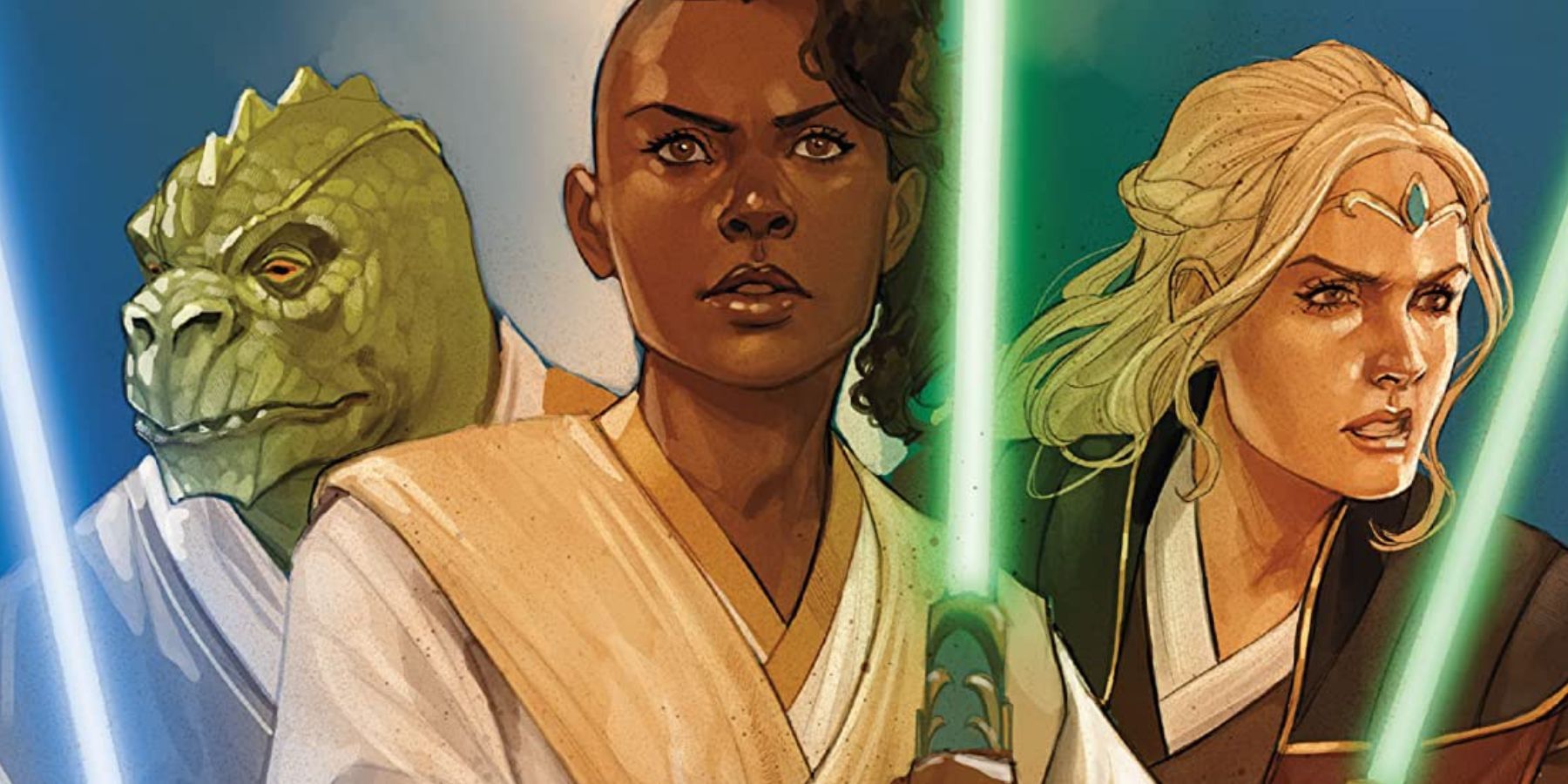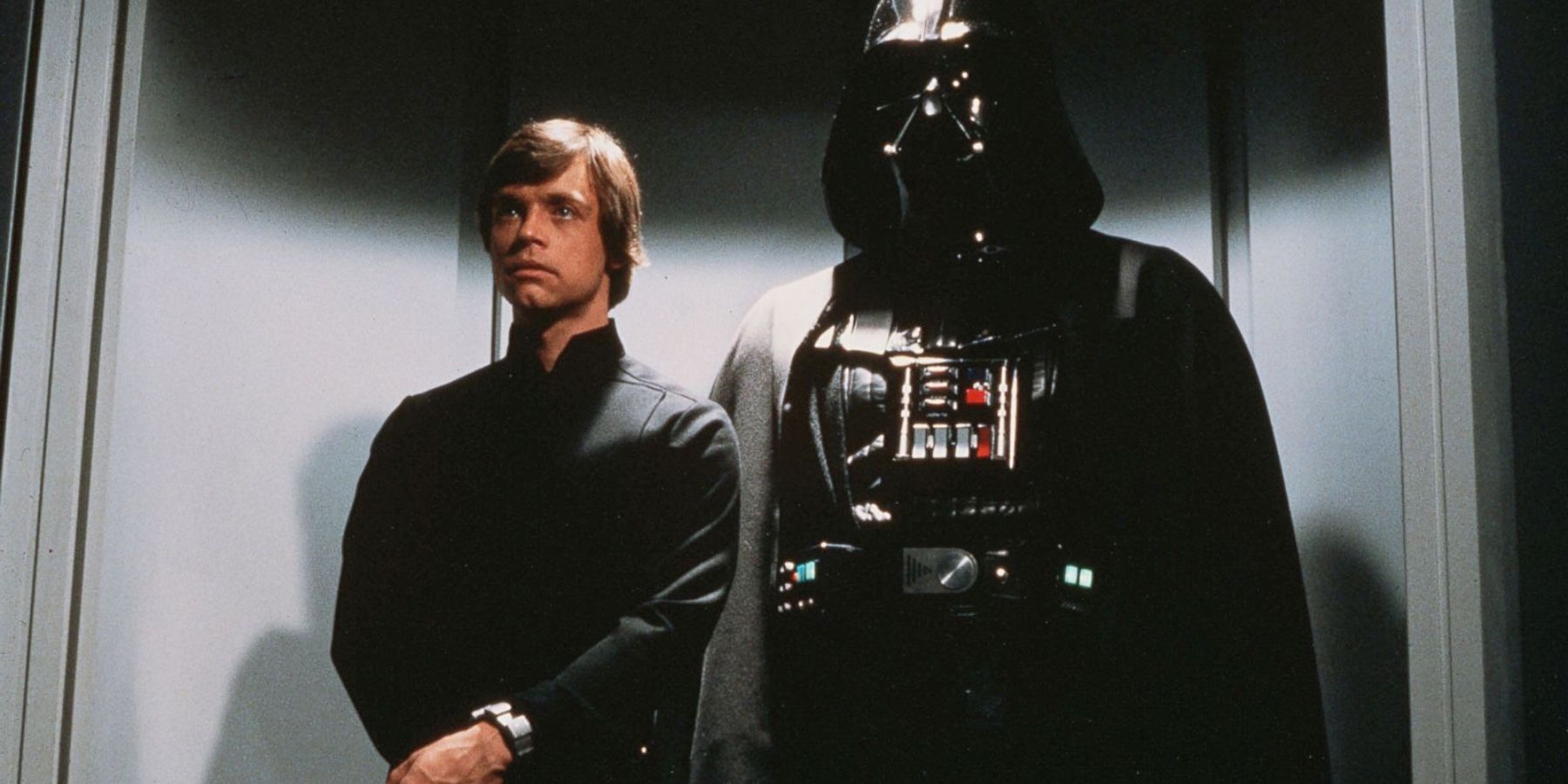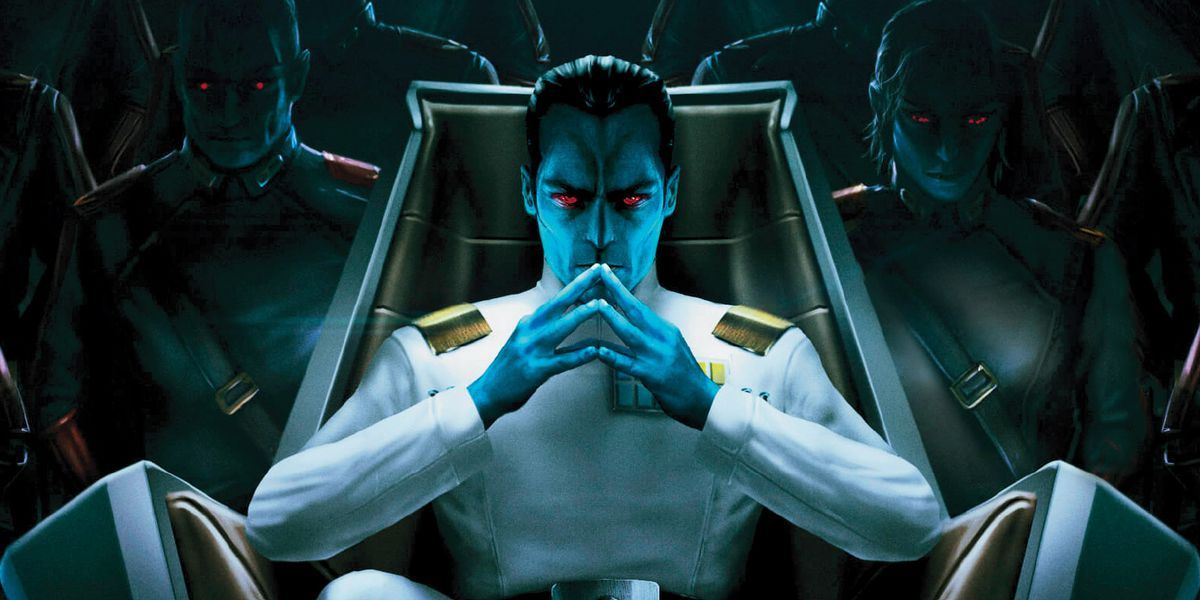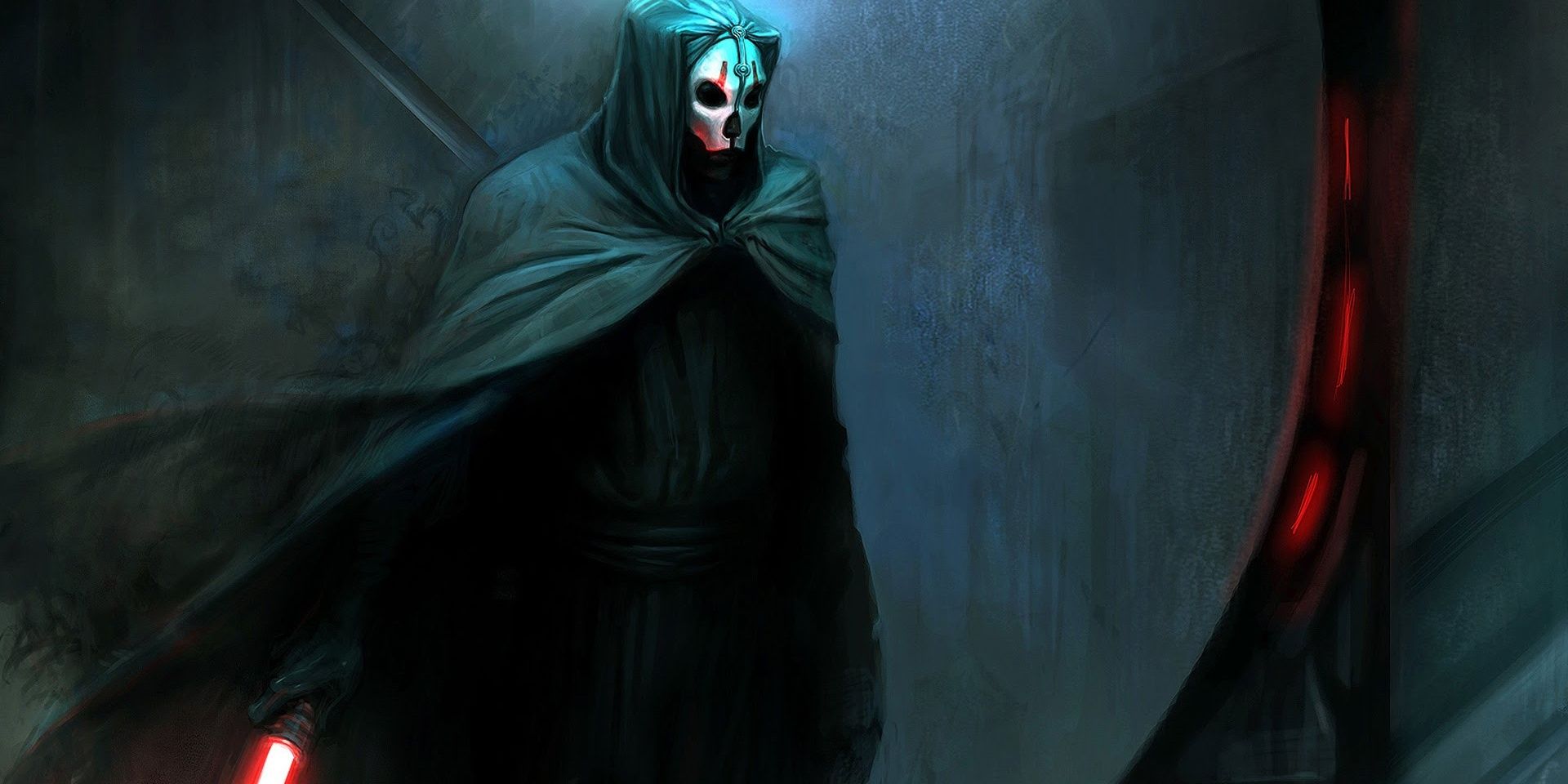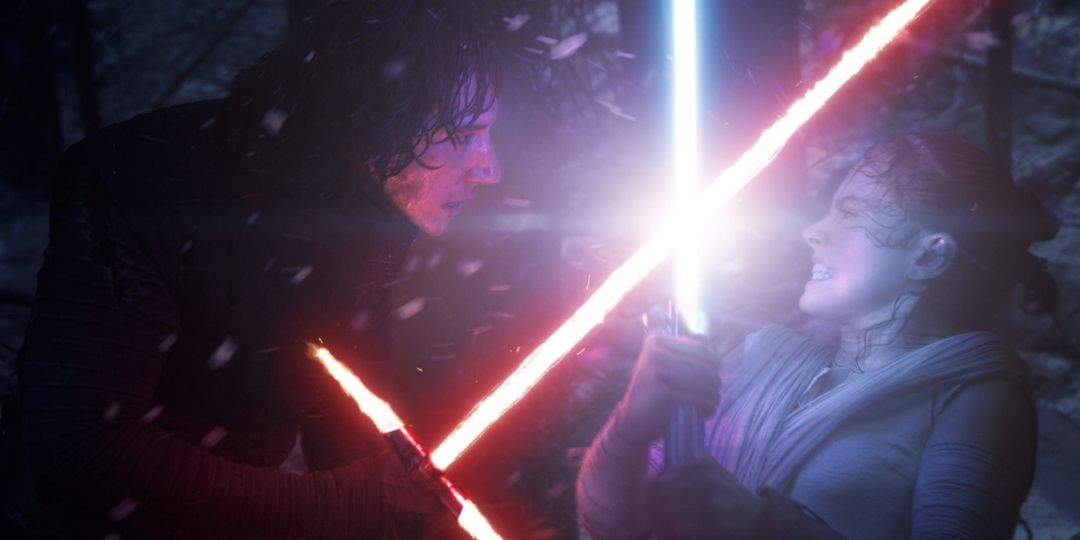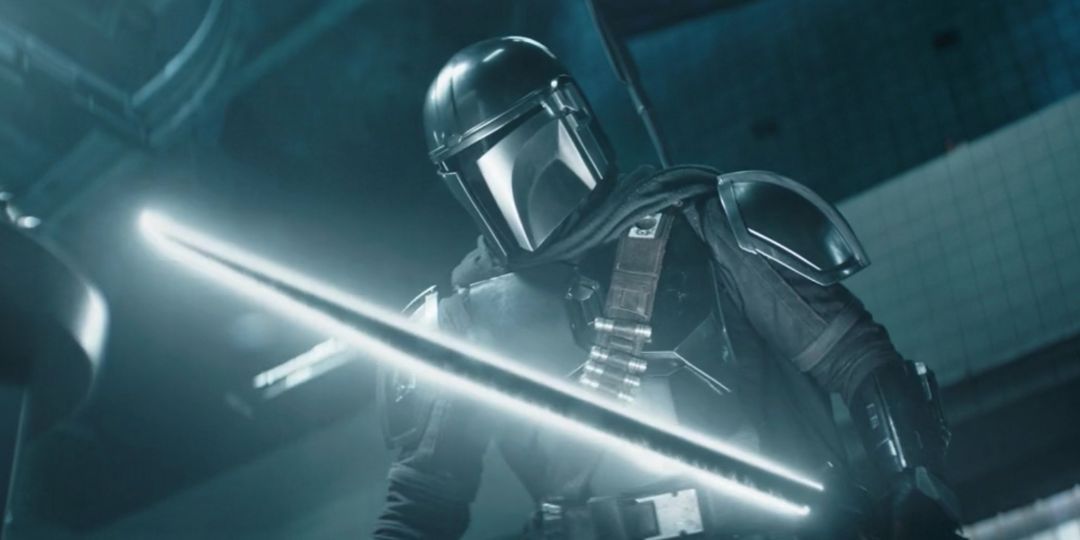In an issue of Lucasfilm’s Star Wars Insider magazine, the studio defined “canon” — that is, what’s gospel in the Star Wars universe — as the stories told within the screenplays, the films, the radio dramas, and the novelizations. The magazine notes:
“These works spin out of George Lucas' original stories, the rest are written by other writers. We've read everything, and much of it is taken into account in the overall continuity. The entire catalog of published works comprises a vast history — with many off-shoots, variations, and tangents — like any other well-developed mythology.”
But after The Walt Disney Company acquired Lucasfilm in 2012, that question of “What’s canon?” became more complicated. In order to make room for new films and shows — namely, the sequel series in the Skywalker Saga, Episodes VII, VIII, and IX — Disney soft-rebooted the Star Wars Canon, picking and choosing what stories would be part of the official timeline going forward. Many stories were dropped from the officially sanctioned continuity, becoming what Disney and Lucasfilm have dubbed Star Wars Legends. So, what’s the difference between Star Wars Legends and Canon? Here’s what to know about the canonical Star Wars timeline as it stands today.
What's the Difference Between Star Wars Legends And Canon?
Since Star Wars: A New Hope hit screens in 1977 and became a worldwide phenomenon, the galaxy that George Lucas dreamed up has grown. From 1983 until The Phantom Menace’s release in 1999, the original trilogy stood out as the most accessible entry point for Star Wars fans. The prequel trilogy, Episodes I, II, and III, expanded the story viewers knew. It filled in backstory, served up new characters, and built out worlds both familiar and uncharted.
The prequels garnered a whole new generation of fans. Since then, the Star Wars content machine has kept turning, in a much more “mainstream” way that wasn’t just contained to novelizations and video games. A little over a decade after Phantom Menace’s release, Disney reshaped Lucasfilm’s approach, eager to milk the thala-siren that is Star Wars for all it’s worth (which is, reportedly, upwards of $50 billion).
In 2014, Disney more publicly changed the Star Wars universe, splitting the decades of stories into Canon vs. Legends content. Eager to usher in its own era of Star Wars movies (and more), Disney wanted to reorder the timeline, planning the projects out with intention, not unlike the Marvel Cinematic Universe (MCU). The only problem? Understandably, fans were very attached to some of the stories Disney wanted to leave on the cutting room floor. To balance fans’ intense love of these stories with their storytelling goals, Disney and Lucasfilm created the “Legends” classification for these popular yet unofficial stories.
Was Star Wars Legends Once Canon?
Yes, Star Wars Legends was once canon — but it’s complicated. For the most part, Star Wars books, comics, and video games published prior to September 2014 are Legends. Before 2014, fans would generally consider all the books, comics, and video games about Star Wars (that weren’t direct adaptations of the films) Expanded Universe (EU) stories. (Although that term carries a new meaning now, too.)
As is the case in many fandoms, there were differing opinions on EU projects. Some fans even dubbed the stories fan fiction, even though they were officially licensed. Put simply, had what’s now considered Star Wars Legends (that is, former Expanded Universe content) not been canon, Disney and Lucasfilm wouldn’t have had to declare what’s canon and what’s non-canonical.
At the same time, it isn’t incorrect to say that Legends or EU Star Wars wasn’t part of George Lucas’ canon. Before the soft reboot of Star Wars by Disney and the Lucasfilm Story Group, the Star Wars canon was divided into a hierarchy, with films being at the top, and followed by shows (like Star Wars: The Clone Wars); books, games, and other projects that aligned with the continuity of the films; so-called “secondary canon,” like the infamous Star Wars Holiday Special; and purely non-canonical “what if” stories.
Is Star Wars Legends An Alternate Universe?
While Disney made all the continuity contained within Legends stories null, Star Wars Legends isn’t officially considered an alternate universe. In the MCU, the main version of reality viewers follow is set on Earth-616, though there are many other branching realities that compose the Marvel multiverse. Disney’s approach to Star Wars isn’t quite the same — at least not on paper. Yes, Legends content does feel like alternate timeline or universe approaches to how stories unfold, but the classification feels more akin to the way we create variations on mythology. The stories remain popular and widely read, even if they aren’t considered the ultimate source of truth.
What Is No Longer Canon In Star Wars?
Published in September 2014, the Star Wars novel A New Dawn has the distinct honor of being the first Canon novel to hit shelves. So, aside from post-September 2014 books, what else is considered Star Wars Canon? All the films — Episodes I–IX, Rogue One, and Solo — and more recent television shows, like The Mandalorian, The Bad Batch, The Book of Boba Fett, Obi-Wan Kenobi, and Andor.
Other shows, like Star Wars: The Clone Wars and Star Wars Rebels are also Canon. And, yes, certain comics and manga, like the Darth Vader (2020) series by Marvel, are Canon, as are video games like Star Wars Squadrons, Jedi: Fallen Order, and Vader Immortal. Set centuries before the events of The Phantom Menace, The High Republic novels and comics are also Canon.
So, what didn’t make the cut? Generally speaking, Star Wars books, comics, and video games released before September 2014 are Legends content. This includes many popular stories, like Dark Horse’s The Old Republic comic series as well as Timothy Zahn’s Thrawn trilogy from the 1990s, and even best-selling games like Rogue Squadron and (the original) Knights of the Old Republic. Other projects, like the Star Wars: Visions anime anthology, aren’t necessarily labeled Legends or Canon. They fall in an in-between space, not unlike Marvel’s “What If…?” stories.
When browsing fan pages, it’s possible the term “Expanded Universe” (EU) will still crop up. Prior to the official 2014 Canon vs. Legends split, fans used the term EU to encompass all stories that existed outside the films and shows. There was no official canon at the time, at least not in the same, more regimented way it exists today. That said, some fans may use Expanded Universe to describe both stories in the Canon and Legends. Like “Gray Jedi,” it isn’t a phrase the Lucasfilm Story Group uses.
Star Wars: Legends vs. Canon Timelines, Explained
Considering all the nuances of Legends vs. Canon stories, the complete Canon Star Wars timeline is actually pretty straightforward. According to Disney and the Lucasfilm Story Group, the Canon timeline is composed of several distinct periods: the High Republic; the Fall of the Jedi; the Reign of the Empire; the Age of Rebellion; the New Republic; and the Rise of the First Order. What comes before the High Republic, and after the First Order’s downfall in Episode IX, hasn’t been outlined in Star Wars Canon — yet. Yes, it's both hugely criticized and readily accepted by fans, but, in the very least, the Canon vs. Legends split has brought order to the galaxy.

